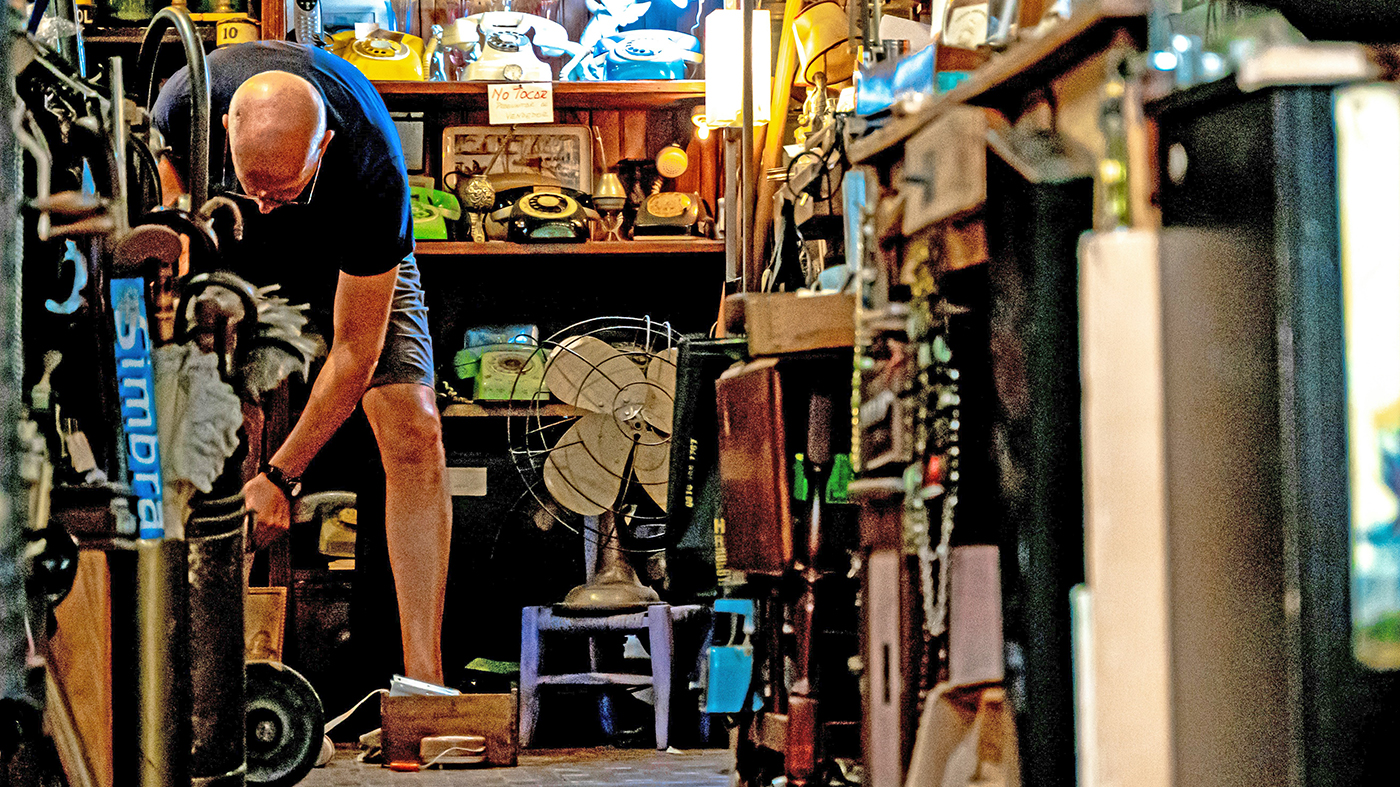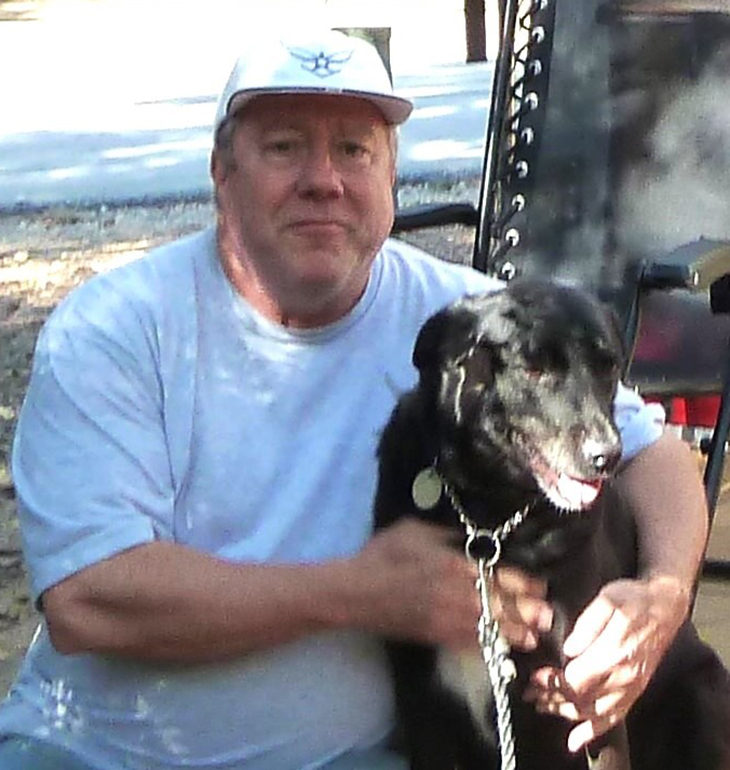Rick Tomme spent over two decades serving his country in the Air Force. It was a life he dedicated himself to, a life filled with discipline, camaraderie and purpose. But even in the structured life of a military career, hoarding was consuming him.
Like many service members, Tomme moved frequently, accumulating a lot of personal items along the way. Unlike others, he kept everything he ever owned, becoming a hoarder.
“Hoarding is having so many things that managing the clutter becomes difficult, making it almost impossible to let go of items,” said Armintia Alcorn, professional counselor with North Texas VA.
After consulting with his primary care provider, Tomme was referred to the Psychosocial Rehabilitation and Recovery Center (PRRC), a unique outreach program aiding Veterans challenged with serious mental illness and severe functional impairment.
“I found myself unable to part with the items no matter how insignificant. When it was time to go to my next duty station, I’d call the movers, they’d come in, box everything up and ship it.”
North Texas VA has designed classes and activities promoting independence for Veterans like Tomme. These services are delivered to about 258 Veterans quarterly with an average program duration of two years, but Veterans can remain longer, if necessary.
“As of 2023, Texas has the largest Veteran population of any state at over 1,543,160. Much of that population is concentrated in North Texas,” said North Texas VA executive director Jason Cave. “This designation underscores the growing need for mental health services for our Veterans.”
The road to recovery
“I received valuable advice from the counselors who never pushed me. I was reluctant at first, but deep down I knew they had my best interest at heart,” said Tomme, who successfully cleaned out a trailer full of items he once couldn’t part with and now has space just for him and his necessities. “Living in the country is wonderful. I’m looking forward to taking this trailer on the road and exploring more of it with my dog Shadow.”
For more information or if not sure of the type of help needed visit VA Mental Health Services | Veterans Affairs.
Topics in this story
More Stories
Each year, I return to honor my old corpsman's memory and reflect on serving together.
Veteran was trained to collaborate with fellow Airmen. Having his buddy’s six was important, and still is.
It’s essential for Veterans to take action and prepare for tornados and spring storms while staying informed.







Texas has the highest Veteran population: https://usafacts.org/topics/veterans/state/texas/ Florida has the second highest Veteran population: https://usafacts.org/topics/veterans/state/florida/ California has the third highest Veteran population: https://usafacts.org/topics/veterans/state/california/
Note that there is a decrease in all three of those states, with California having the largest decline of nearly a third of the Vets at over 30%.
The percentage of where each veteran lives, by state, puts California third from last: https://www.axios.com/2023/11/10/map-where-veterans-live-us
Counting Active Duty among Veterans is not entirely relevant to Department of Veterans Affairs numerical calculations, where budgetary burden is the driving factor.
re: USAFacts, https://usafacts.org/about-usafacts/
Armintia Alcorn, OTR, OTD, LPC is the Program Manager of the Dallas PRRC.
“Texas has the largest Veteran population of any state at over 1,543,160. ”
This is WRONG. California has the largest veteran population with 1,543,160 veterans.
Texas has 1,435,527 veterans, making it the second largest.
States with the largest veteran population put into a search engine will give multiple answers and different counts. Not sure your point other than to disagree. Like I am with you.